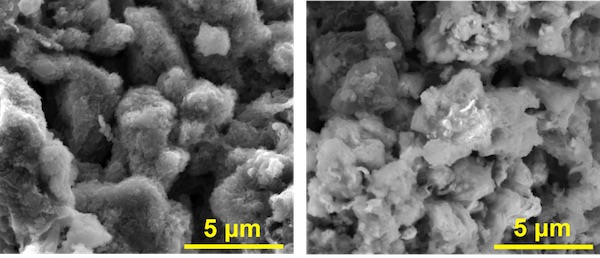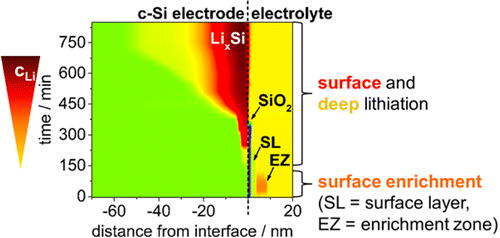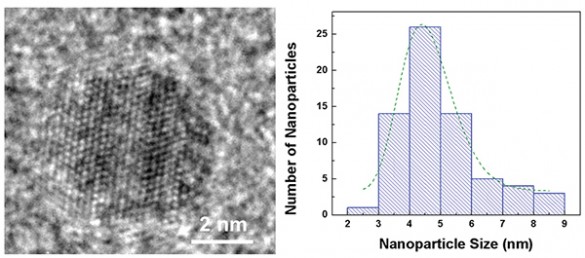Asphalt, Graphene, and a Lithium Coating Mike Williams, reporting for Rice University in Houston, Texas, writes, “A touch of asphalt may be the secret to high-capacity lithium metal batteries that charge 10 to 20 times faster than commercial lithium-ion batteries, according to Rice University scientists.” We’ve written about James Tour and his laboratory before. He and his students come up with a plethora of new energy ideas and are able to demonstrate some exciting outcomes. His latest effort mixes asphalt with conductive graphene nanoribbons, and then electrochemically coats the composite with lithium metal to form a battery anode. The anode, when combined with a sulfurized-carbon cathode, was used in full batteries for testing. The results seem a bit incredible, with the ability to charge 20 times faster than commercial lithium-ion batteries. Being able to “refill” your electric car or airplane in five minutes rather than two hours or more would make electric vehicles practical alternatives to their fossil-fuel-powered cousins. After …
Even with Batteries, Paul MacCready Was Right
Dr. Paul MacCready repeatedly urged us to do more with less, getting big results from modest use of materials. That philosophy may be upheld yet once again by researchers from the Helmholtz-Zentrum Berlin (HZB) Institute of Soft Matter and Functional Materials. As reported here many times, people like Dr. Yi Cui at Stanford University, researchers at MIT, the Fraunhoffer Institute in Germany and many others are attempting to find the magic combination of ingredients that will allow us to transcend the weight penalty we currently trade for payload in heavier-than-desired electric aircraft. Scientists at the HZB, led by by Prof. Matthias Ballauff have directly observed for the first time a lithium-silicon half-cell during its charging and discharge cycles. Dr. Beatrix-Kamelia Seidlhofero carried out the experiments using the neutron source located at the Institute Laue-Langevin in Grenoble, France. She explains, “We were able to precisely track where the lithium ions adsorb in the silicon electrode using neutron reflectometry methods, and also …
Researchers Strike Battery Fools Gold on Two Continents
Better, Cheaper, Faster. That was the mantra when your editor worked in the semiconductor manufacturing world. Designs, processes and materials were all recalibrated constantly to enable the march toward those three goals. And to some extent, constant repetition helped us achieve the ideal of Moore’s Law, the dictum that computer chips would double the number of transistors they contained every two years. Transistor density in computer chips determines the level of performance they can achieve, and this doubling has yet to reach its end. Unfortunately, batteries haven’t doubled in performance every two years, but seem to follow an annual five-to-eight-percent increase in energy density. This would mean, at best, that energy densities would double every nine years. The Tesla Forum notes this progress would not be continuous, but introduced in steps. Without either party sharing much information on the energy densities of their experimental cells, researchers in America and Switzerland find the “super environmentally friendly” nature of fool’s gold in batteries …
Buy Silkworm Futures Now
We tend to think of batteries as being inanimate objects, even though they expand, contract and flex their electric muscles within their cylindrical or pouch forms as they charge and discharge. This type of internal wiggling helps reduce and finally destroy the battery’s ability to make our remotes change channels or keep our airplanes flying. Researchers at the Beijing Institute of Technology have found a way to use the product of much internal and external wiggling, natural silk that is “biomass-derived” and processed to form carbon-based nanosheets that might be used in lithium-ion batteries and other energy storage devices. The American Chemical Society reports that Chuanbao Cao and his researchers worked with the idea that carbon is a key component in commercial Li-ion energy storage devices including batteries and supercapacitors. They wanted to find a natural and sustainable alternative to graphite, which has limited specific energy and eventually granulates into a fine powder, causing the battery to fail. Cao and …



